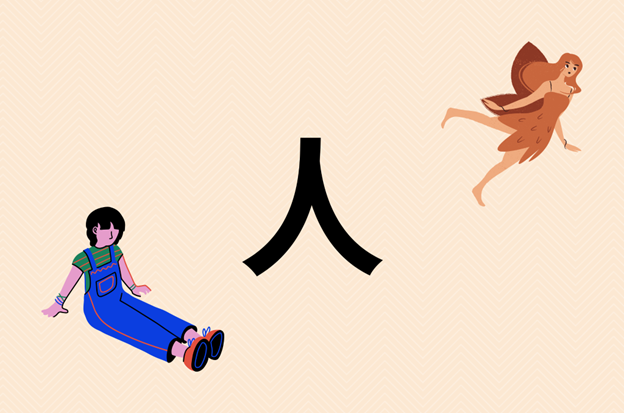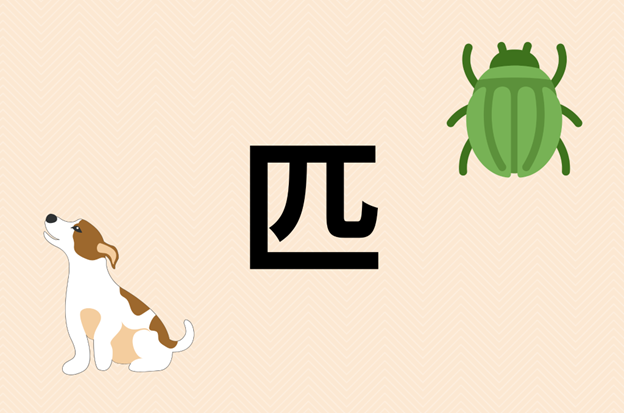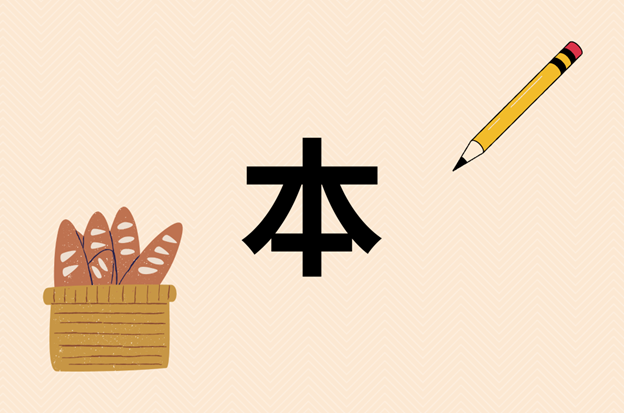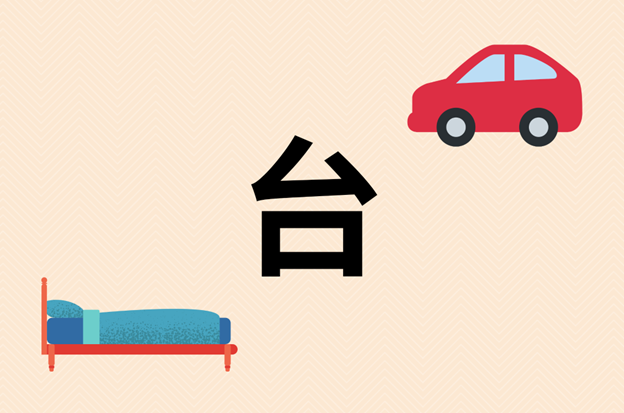In a previous article, we learned how to do basic counting and introduced the concept of “counters.” Remember that counters are like what differentiates a “piece” of cake from a “whole” cake in English, and Japanese has a lot of them. I also introduced the general counter ending in -つ (-tsu) in the previous article.
If you’re ready to build your counting vocabulary, keep reading! In this article, I’d like to teach you how to use some of the most common specific counters.
Note that while I’m using English numbers mixed with kanji in this article (1人, 3枚, etc.), it is also acceptable to use kanji numbers instead (一人, 三枚). Also, keep in mind that some people might pronounce some of these counters in slightly different ways, but I am introducing some of the most common readings.
Counting people: –人 (-nin)

You use this counter for mostly humans, but also human-like creatures and animals (such as fairies).
Note that “one person” and “two people” are irregular and follow the indigenous counting system, while three to ten and above follow the counting system influenced by China (explained in the previous article linked above). However, when you count above ten, stick with the Chinese system. Therefore, 11人 is pronounced “juichinin” instead of “juhitori.”
| Japanese | Romanization |
| 1人 | hitori |
| 2人 | futari |
| 3人 | sannin |
| 4人 | yonin |
| 5人 | gonin |
| 6人 | rokunin |
| 7人 | nananin |
| 8人 | hachinin |
| 9人 | kyunin |
| 10人 | junin |
Counting small or mid-sized animals: –匹 (-hiki)

Use this counter for most small or medium-sized animals, such as cats, dogs, bugs, and more. Note that for counting birds, you would use the counter -羽 (-wa) instead. Big animals such as horses, cows, and elephants are counted with -頭 (-to). You can also use this to count fish. For numbers above ten, follow the same patterns (ex. 11匹, juippiki).
| Japanese | Romanization |
| 1匹 | ippiki |
| 2匹 | nihiki |
| 3匹 | sambiki |
| 4匹 | yonhiki |
| 5匹 | gohiki |
| 6匹 | roppiki |
| 7匹 | nanahiki |
| 8匹 | happiki |
| 9匹 | kyuhiki |
| 10匹 | juppiki |
Counting thin, flat things: –枚 (-mai)

Use this counter for thin, flat objects, such as pieces of paper, slices of pizza, photographs, shirts, and plates. However, for books and other things with pages, use the counter -冊 (-satsu). For numbers above ten, follow the same patterns.
| Japanese | Romanization |
| 1枚 | ichimai |
| 2枚 | nimai |
| 3枚 | sanmai |
| 4枚 | yonmai |
| 5枚 | gomai |
| 6枚 | rokumai |
| 7枚 | nanamai |
| 8枚 | hachimai |
| 9枚 | kyumai |
| 10枚 | jumai |
Counting long, skinny things: 本 (-hon)

Use this counter for relatively stick-shaped objects, such as pens and pencils, baguettes, cylindrical batteries, and cords. For numbers above ten, follow the same patterns.
| Japanese | Romanization |
| 1本 | ippon |
| 2本 | nihon |
| 3本 | sambon |
| 4本 | yonhon |
| 5本 | gohon |
| 6本 | roppon |
| 7本 | nanahon |
| 8本 | happon |
| 9本 | kyuhon |
| 10本 | juppon |
Counting furniture and machinery: –台 (-dai)

Use this counter for counting machines (such as cars and refrigerators) and pieces of furniture (like tables and sofas). For numbers above ten, follow the same patterns.
| Japanese | Romanization |
| 1台 | ichidai |
| 2台 | nidai |
| 3台 | sandai |
| 4台 | yondai |
| 5台 | godai |
| 6台 | rokudai |
| 7台 | nanadai |
| 8台 | hachidai |
| 9台 | kyudai |
| 10台 | judai |

Final Thoughts

With these counters, you’re well-equipped to enumerate most things around the house or in stores. Of course, there are many more counters in Japanese. If you’re interested in learning more counters, or about each of these in more detail, Tofugu has put together great guides for you that I recommend referring to. Happy learning!





